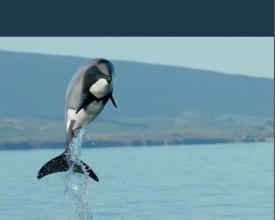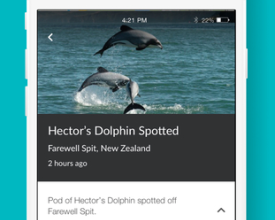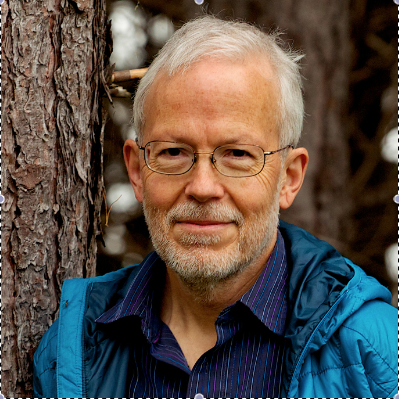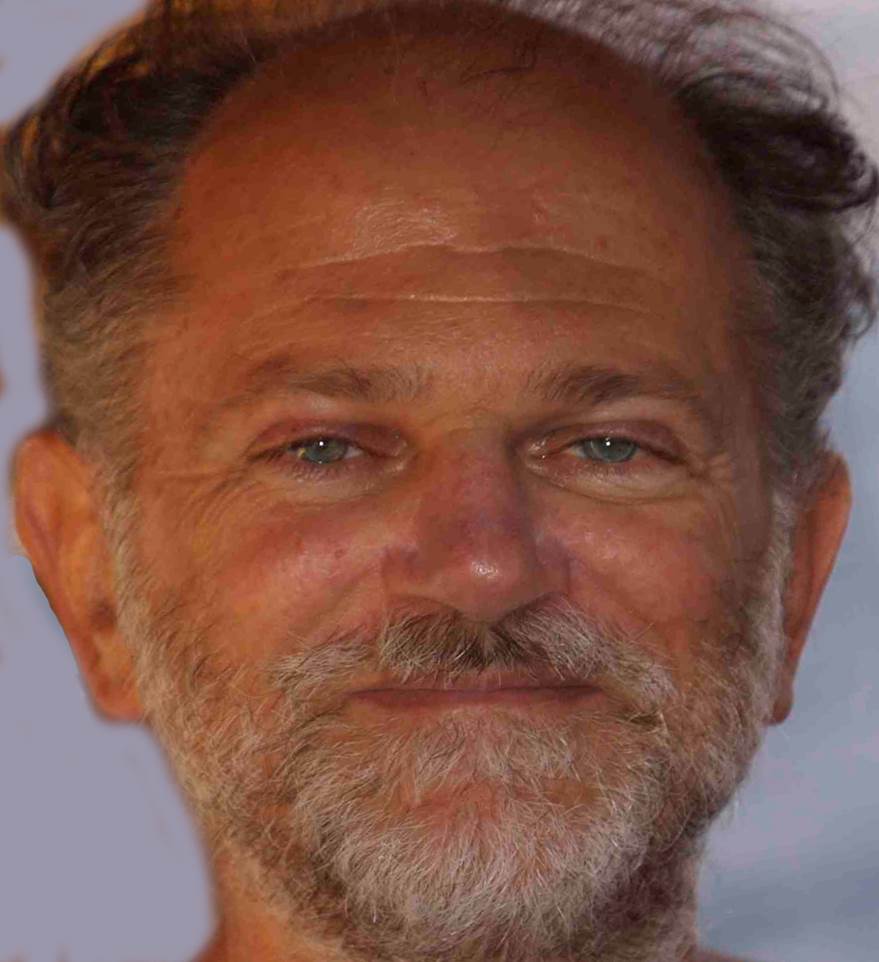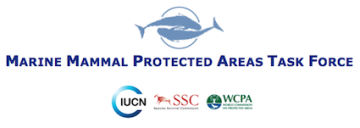
Creating a Citizen Science App to Identify NZ Hector’s dolphin habitat
This project aims to prevent continued decline of the endangered Hector’s dolphins. Dolphins are getting caught as bycatch in trawl and set nets. People want to help dolphins but don't know how. Citizen scientists are being trained, to extend the number and location of sightings around New Zealand, as well as identify when strandings occur. At the same time, these citizen scientists become protectors of the dolphins, intimately involved in their survival.
Context
Challenges addressed
Location
Process
Summary of the process
Building Blocks
Establish value of the dolphins to New Zealanders
Enabling factors
Lesson learned
Work with South Island community to develop citizen science
Enabling factors
Lesson learned
Resources
Pressure politicians for solution—larger protected area
Enabling factors
Lesson learned
Impacts
With the newly developed sighting app for Hector’s dolphin, citizen scientists can now contribute to the effort to report sightings and identify the habitat of this endangered endemic species. More people are becoming involved in the push to protect their habitat.

